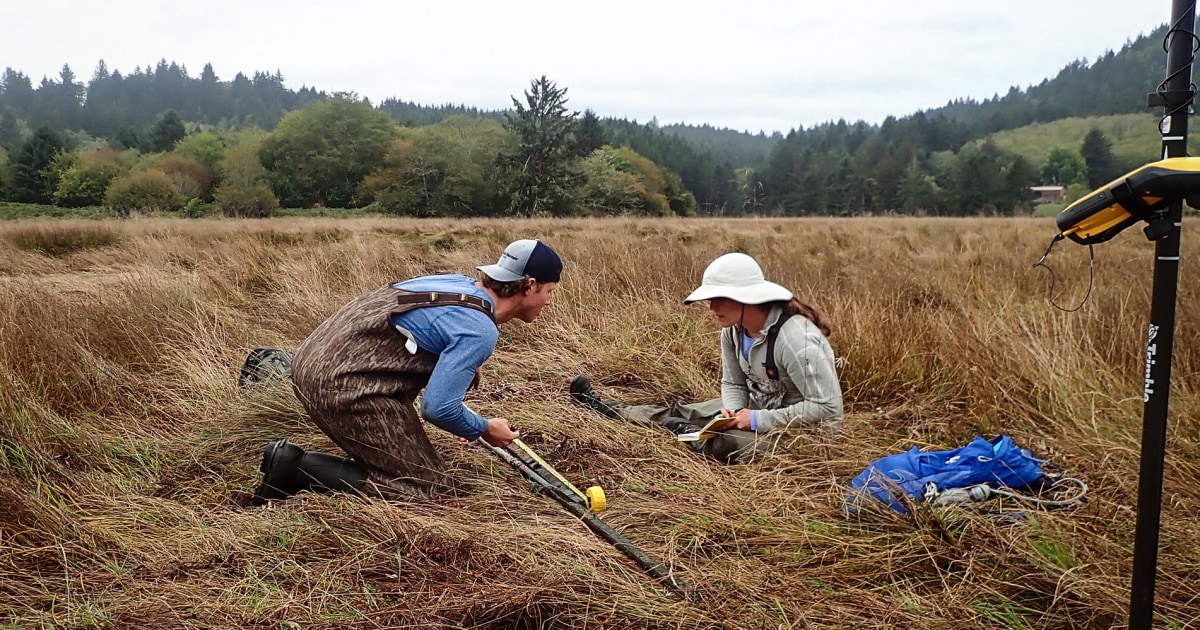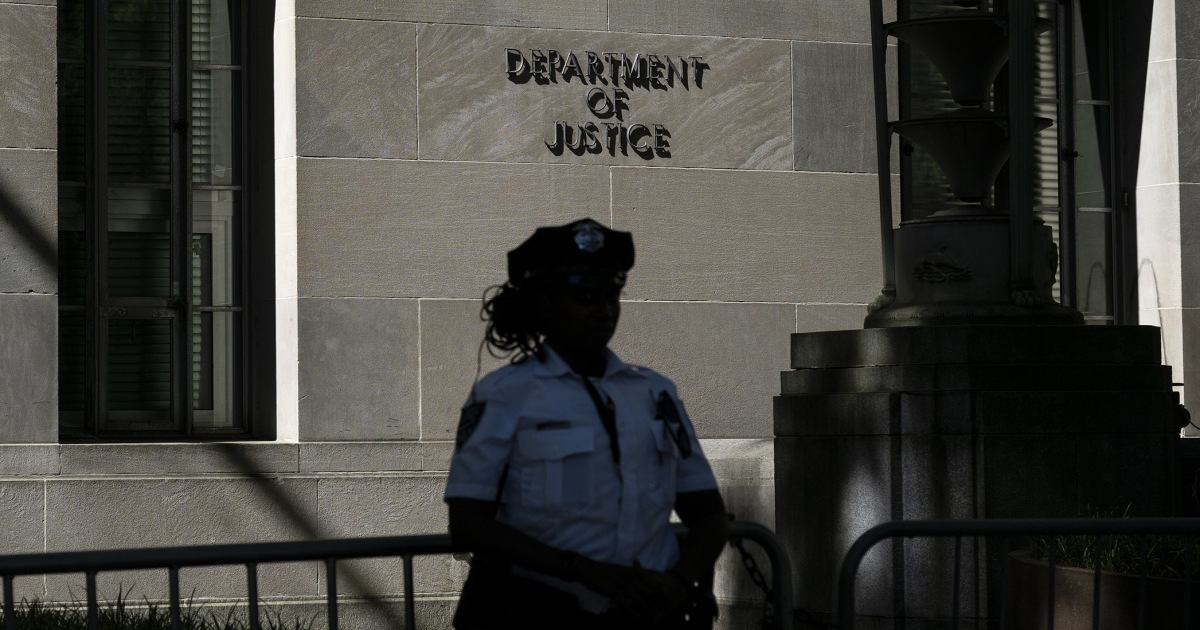The dam’s partial failure came after three days of intense rainfall that left the Minnesota River at its third-highest flood height since at least 1881, according to Brennan Dettmann, a National Weather Service meteorologist based in the Twin Cities.
In the Mankato area, where the dam is located, 7 to 8 inches of rain fell over three days, based on an analysis from Kenny Blumenfeld, a senior climatologist at the Minnesota State Climate Office.
“That elbow of the Minnesota River got hit pretty hard,” he said, adding that in southern Minnesota, such heavy rainfall would have between a .5% and 2% chance of happening each year.
Bill McCormick, who led the state of Colorado’s dam safety program from 2011 to 2021, said that extreme rainfall has added strain across the nation.
“We’re getting more frequent, intense storms that are testing the aging infrastructure. Spillways and dams that maybe didn’t see as many storms in a given year are now seeing more storms,” he said. “All those aging systems are now being tested more and more.”
Housing development is raising hazard levels for some dams, too, McCormick added, as people settle in once-rural areas, where dams constructed for farmland are now guarding subdivisions.
Hiba Baroud, an assistant professor of civil and environmental engineering at Vanderbilt University, said the Rapidan’s partial failure, among others, should prompt lawmakers to take a hard look at how to bolster dam infrastructure and triage repairs.
“We really need to think proactively to project potential scenarios for all the dams in the U.S. and start prioritizing which dams need to be rehabilitated or upgraded to avoid a situation like this,” she said, “as opposed to witnessing a big event and using it as a wake-up call about this particular dam.”

 11 months ago
11 months ago
 (200 x 200 px).png)








 English (US) ·
English (US) ·